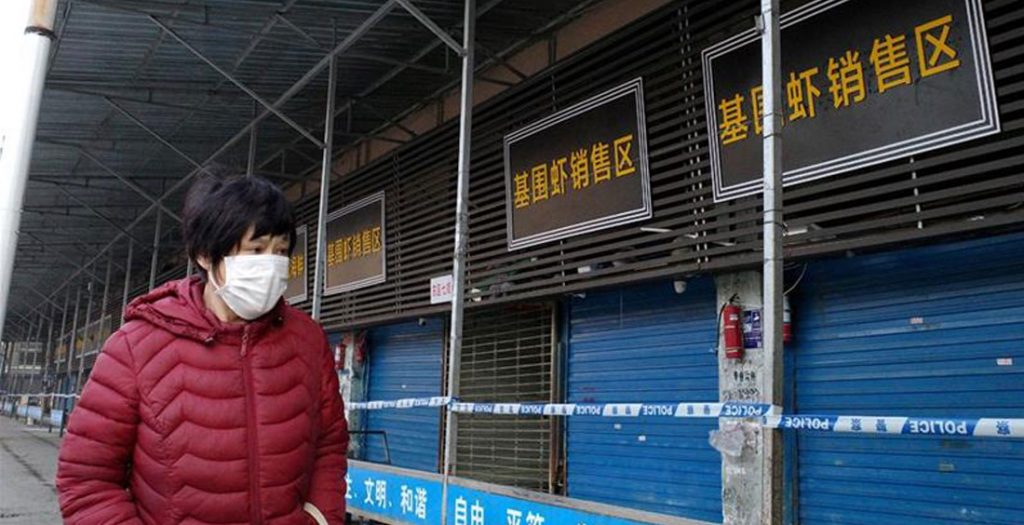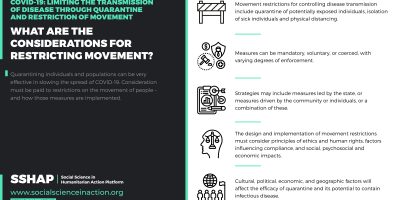This brief sets out practical considerations relating to the design and impact of measures that restrict human movement patterns in the context of COVID-19. It was written in February 2020.
These measures include: quarantine, in which individuals who have been exposed to a communicable disease are separated from others for the duration of the disease’s incubation period; isolation, in which individuals with a communicable disease are separated from others for as long as they are infectious; and social distancing, in which individuals or large groups of people are restricted from gathering. Measures may be mandatory (governmentally required and enforced) or voluntary (not required but recommended by government or developed and implemented at the community or individual level).
During the current COVID-19 outbreak, a variety of movement-restricting measures have been introduced to limit spread of the virus. Wuhan (the epicentre of the outbreak) and other affected cities in China have been subjected to restrictions that prevent travel in or out of those areas, and similar measures have subsequently been applied in other countries with confirmed cases. Many countries have quarantined travellers returning from China and self-quarantine has also been encouraged. On-going assessments of the impact of quarantine on COVID-19 must be prioritised, including the impact of different types of quarantine in different geo-political territories on transmission and containment and the levels of associated social acceptance.




